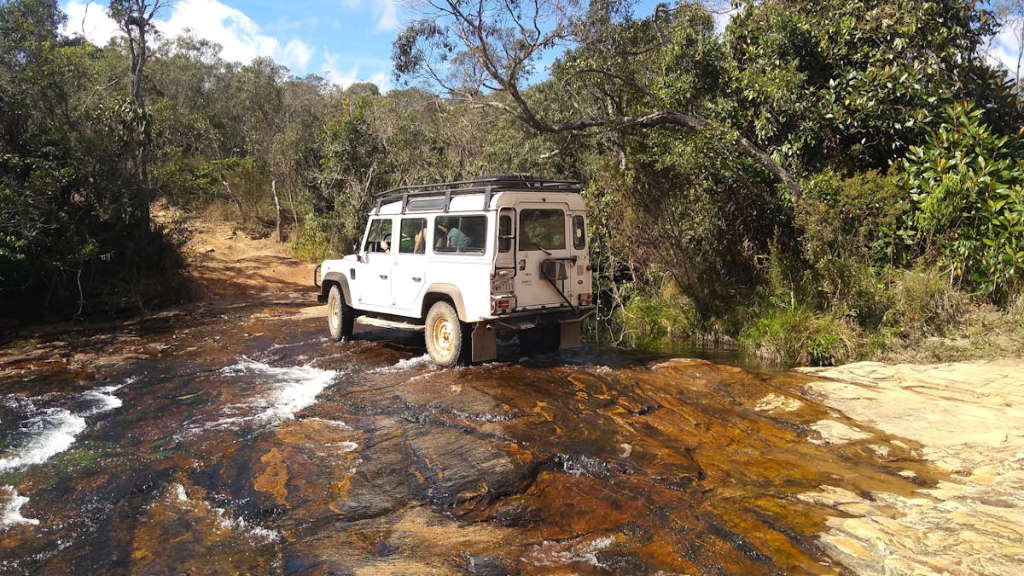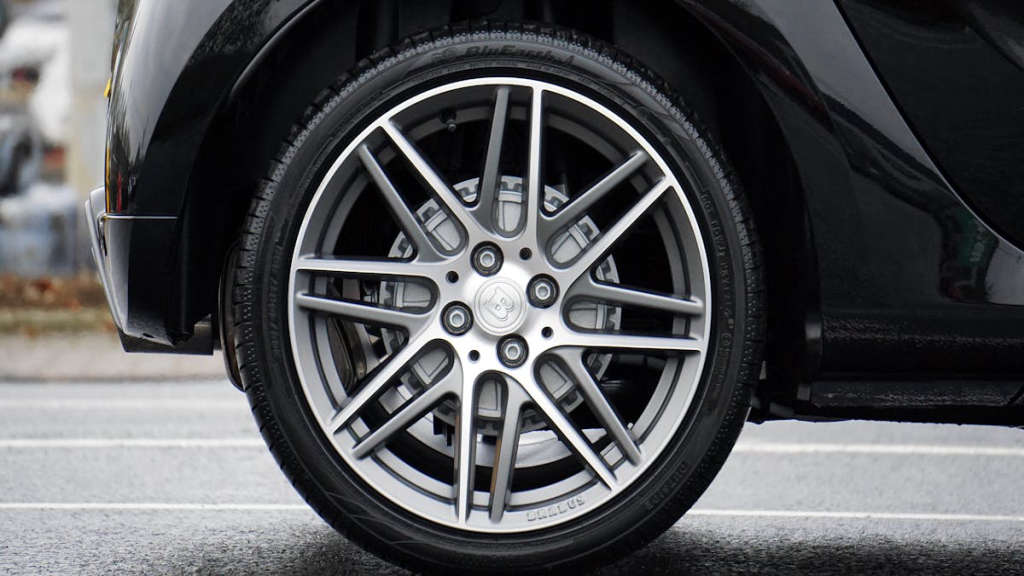
Inflating your tires may seem like a simple task, but it plays a crucial role in your vehicle’s performance and safety. Ensuring the right pressure is not just about convenience; it can significantly impact your fuel efficiency and tire longevity. So, what should be considered when inflating a tire? Understanding various factors can make this routine maintenance task more effective and rewarding.
Main Points
- Understand pressure guidelines for your specific vehicle.
- Take into account the temperature effects on tire pressure.
- Be aware of common mistakes during inflation.
- Use the appropriate tools needed for accurate inflation.
- Follow maintenance advice for regular checks.

The Importance of Understanding Tire Pressure Specifications
Understanding tire pressure specifications is crucial for your vehicle’s performance and safety. Properly inflated tires enhance fuel efficiency, increase traction, and extend tire life. To ensure you’re doing it right, we should consider a few key factors:
- Safety tips: Always check your tire pressure when the tires are cold to get accurate readings.
- Pressure guidelines: Follow manufacturer recommendations, typically found on a sticker inside the driver’s door.
- Temperature effects: Remember that temperature changes can significantly affect tire pressure. Never overlook this factor!
Ultimately, grasping these specifications helps us maintain optimal vehicle safety and performance. Remember, a well-maintained tire contributes to a reliable driving experience.

Seasonal Changes and Their Impact on Optimal Tire Inflation
As the seasons shift, we must consider how temperature fluctuations influence optimal tire inflation. Cold weather can reduce tire pressure, leading to poor performance. Conversely, heat can increase tire pressure, risking blowouts. Thus, regular checks allow us to maintain safety and performance, adapting to seasonal changes.
What Should Be Considered When Inflating a Tire?
Each season brings unique maintenance advice. We must use accurate tools, checking pressure when tires are cold and following manufacturer guidelines. This ensures longevity and optimal contact with the road.
| Season | Pressure Adjustment |
|---|---|
| Winter | Decrease by 1 PSI every 10°F drop |
| Summer | Increase by 1 PSI for every 10°F rise |
However, we must be cautious of common mistakes such as over-inflation. Keeping an eye on tire pressure ensures safety and maximizes performance throughout the year.
Common Misconceptions About Tire Pressure and Performance
When it comes to tire pressure, many of us hold misconceptions that can affect our vehicle’s performance. For instance, believing that over-inflation leads to better fuel efficiency is a common error. In reality, maintaining the optimal pressure enhances tire longevity and promotes safety. We must consider frequency recommendations for checking tire pressure to ensure optimal performance.
Conclusion
Pumping Up the Perfect Pressure: Key Factors to Consider When Inflating Your Tires. In summary, achieving the ideal tire pressure is crucial for your safety and vehicle performance. Regularly checking your tire pressure can help prevent uneven wear and improve fuel efficiency. What should be considered when inflating a tire? Factors such as the manufacturer’s recommended PSI, the temperature outside, and the load you’re carrying play significant roles. Remember, a little attention to detail goes a long way. Don’t overlook these aspects, because well-inflated tires can enhance your driving experience and contribute to your overall vehicle health. By staying informed and proactive, you ensure a smoother, safer journey every time you hit the road.
Frequently Asked Questions
How often should I check my tire pressure?
It is recommended to check your tire pressure at least once a month and before long trips, as tire pressure can change due to temperature fluctuations and driving conditions.
What is the ideal tire pressure for my vehicle?
The ideal tire pressure can usually be found on a sticker inside the driver’s door jamb or in the owner’s manual. It’s important to follow the manufacturer’s recommendations for optimal performance and safety.
Can I inflate my tires at a gas station?
Yes, most gas stations have air pumps that you can use to inflate your tires. Make sure to check the pressure with a gauge to ensure you inflate them to the recommended level.
